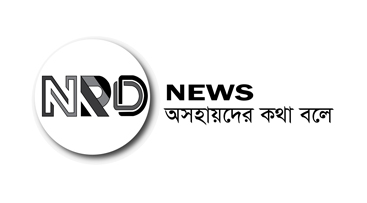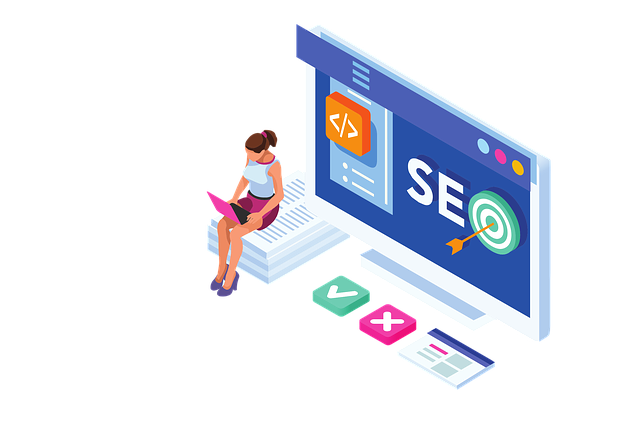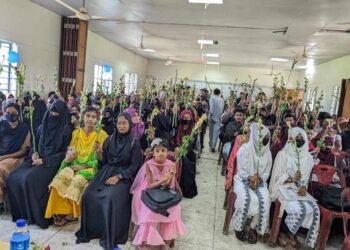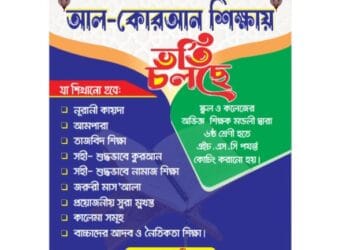On-page SEO is one of the most important aspects of optimizing your website for search engines. It involves optimizing various elements on your website to ensure that search engines can understand the content and rank it higher in the search engine results pages (SERPs). In this guide, we will discuss the ultimate guidelines of on-page SEO to help you improve your website’s visibility and traffic.
Keyword Research:
The first step to any successful on-page SEO strategy is conducting keyword research. This involves identifying the keywords and phrases that your target audience is searching for and incorporating them into your website’s content. Use keyword research tools such as Google Keyword Planner, Ahrefs, or SEMrush to find high-volume, low-competition keywords that you can target.
Title Tags:
Title tags are HTML tags that describe the content of a web page. They appear in the SERPs as clickable headlines and are essential for on-page SEO. Include your primary keyword in the title tag, keep it under 60 characters, and make it compelling and relevant to the page’s content.
Meta Descriptions:
Meta descriptions are HTML tags that provide a brief summary of a web page’s content. They also appear in the SERPs under the title tag and can influence a user’s decision to click on your website. Keep your meta descriptions under 155 characters, include your primary keyword, and make them persuasive and informative.
Header Tags:
Header tags are HTML tags that organize the content on a web page into sections. They are essential for on-page SEO as they provide structure to your content and make it easier for search engines to understand. Use header tags (H1, H2, H3) to break up your content, include your primary keyword in the H1 tag, and use descriptive language.
Content Optimization:
The content on your website is crucial for on-page SEO. It should be well-written, informative, and engaging for your target audience. Use your primary keyword in the first paragraph, include it naturally throughout the content, and make sure your content is relevant and useful.
Internal Linking:
Internal linking involves linking to other pages on your website. It helps to establish a hierarchy and structure for your content and improves the user experience. Use internal links to link to related content on your website, use descriptive anchor text, and make sure the links are relevant and useful.
Image Optimization:
Images are an essential part of any website, and optimizing them is crucial for on-page SEO. Use descriptive filenames, include alt text, and compress the image file size to improve page load times.













